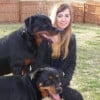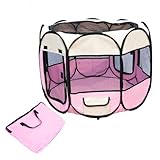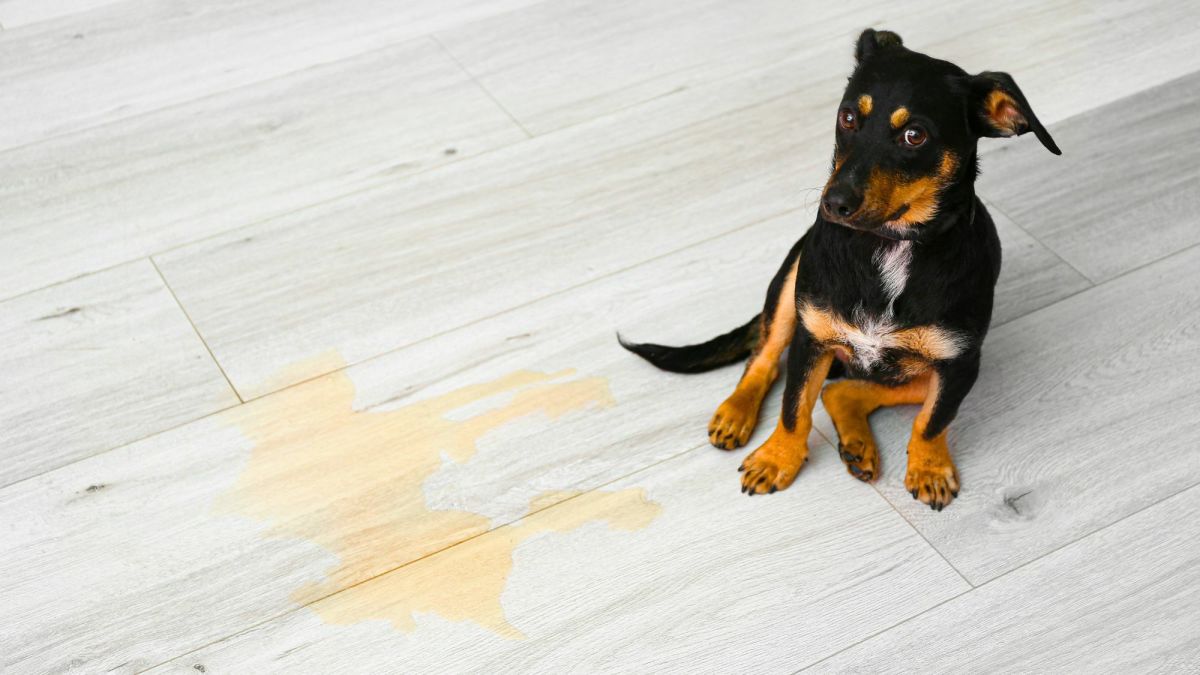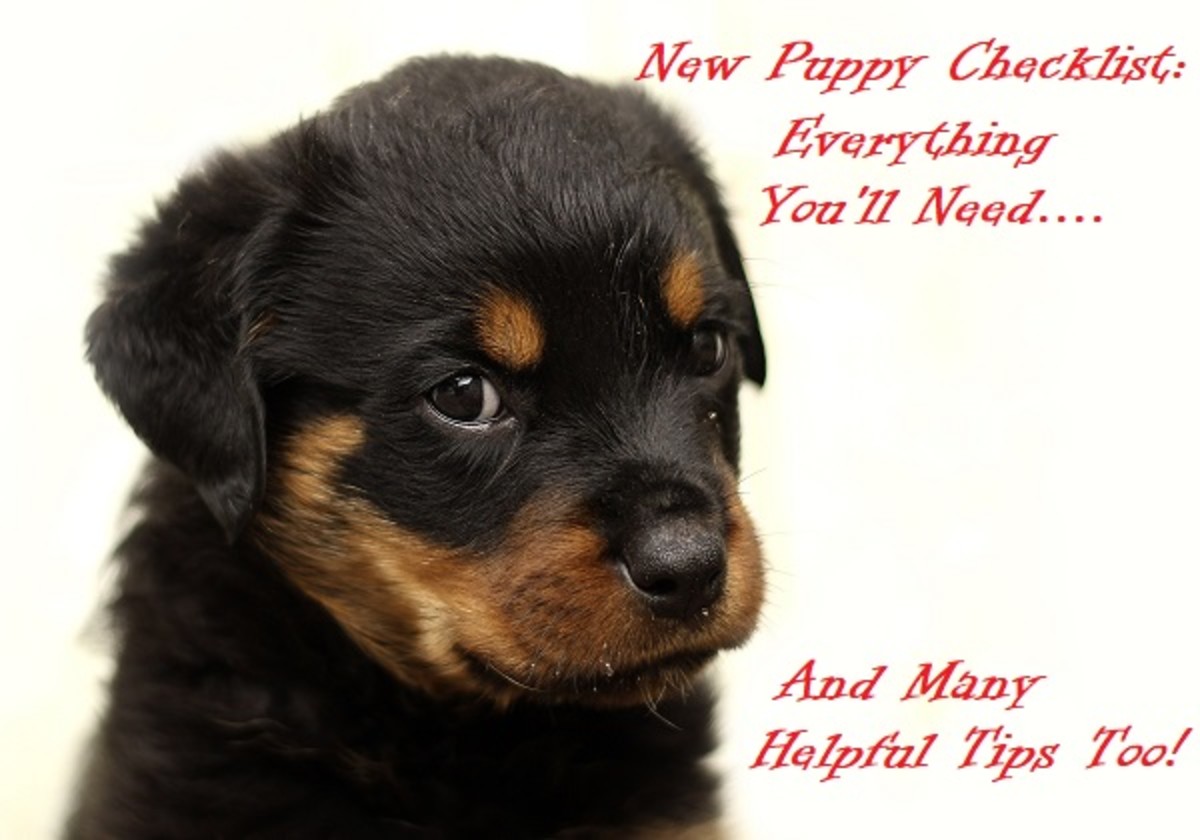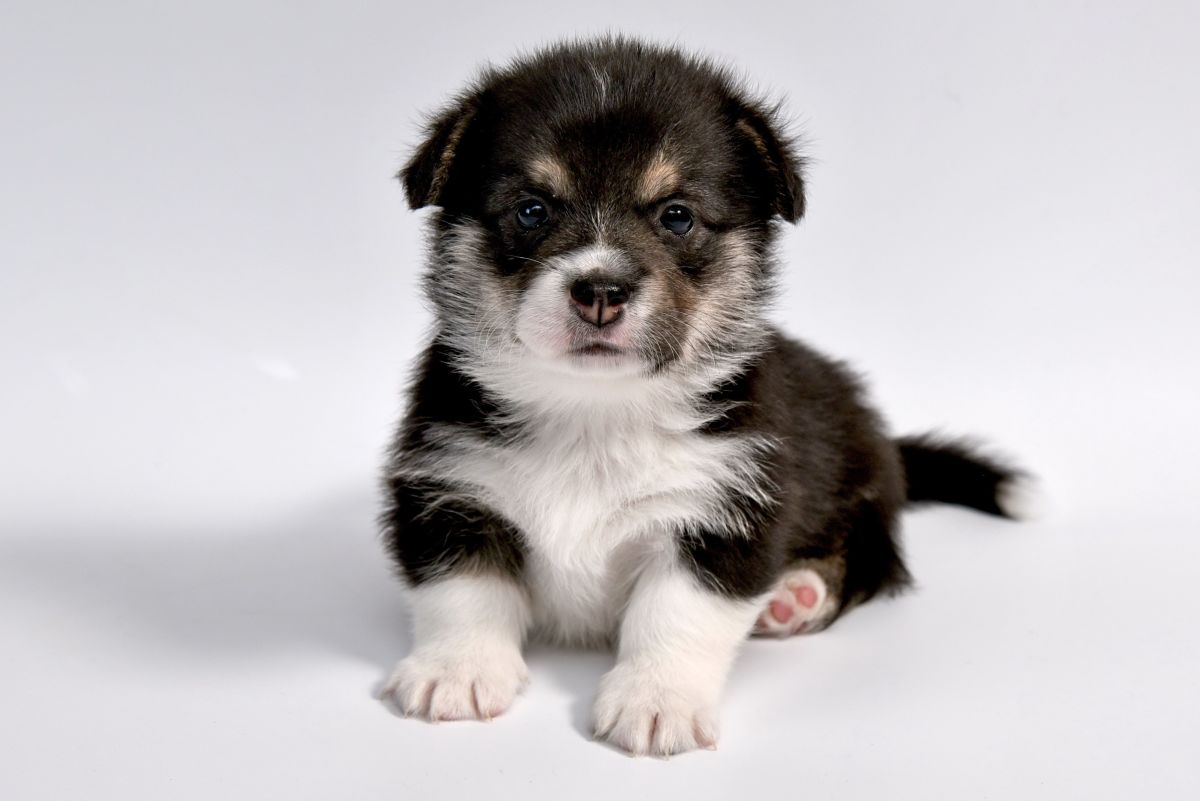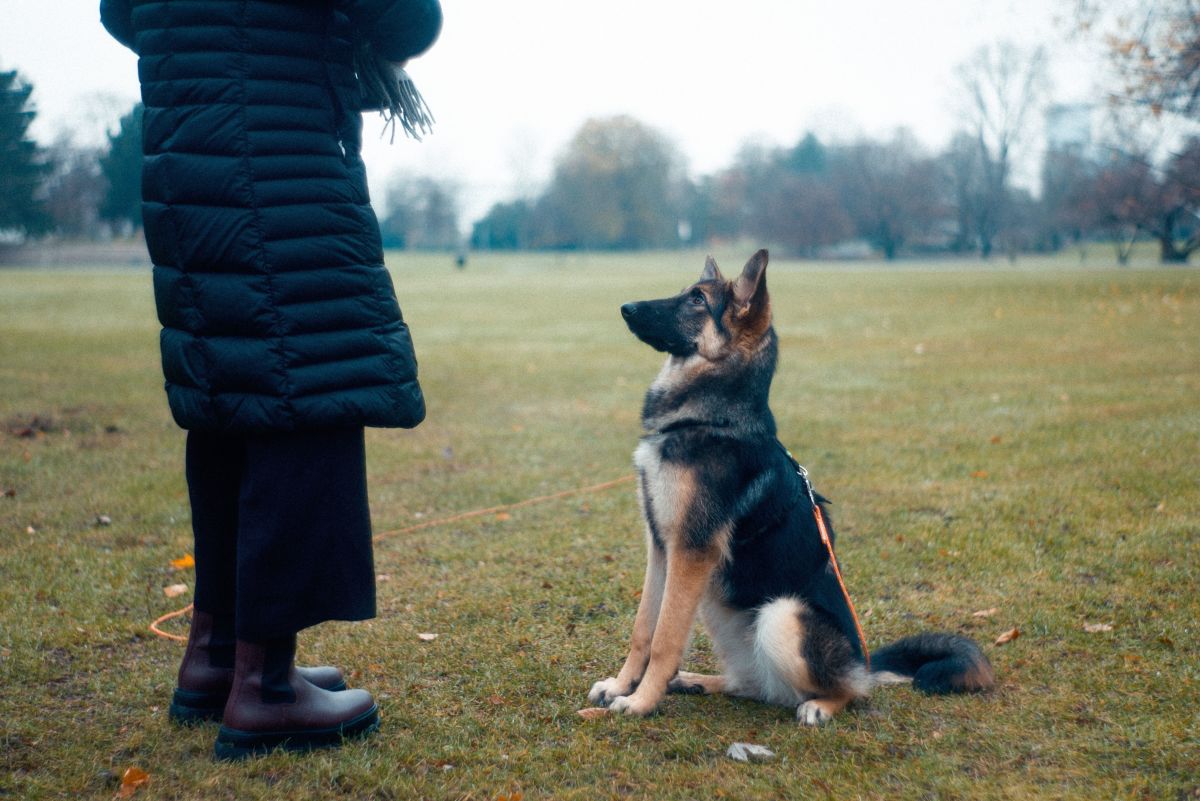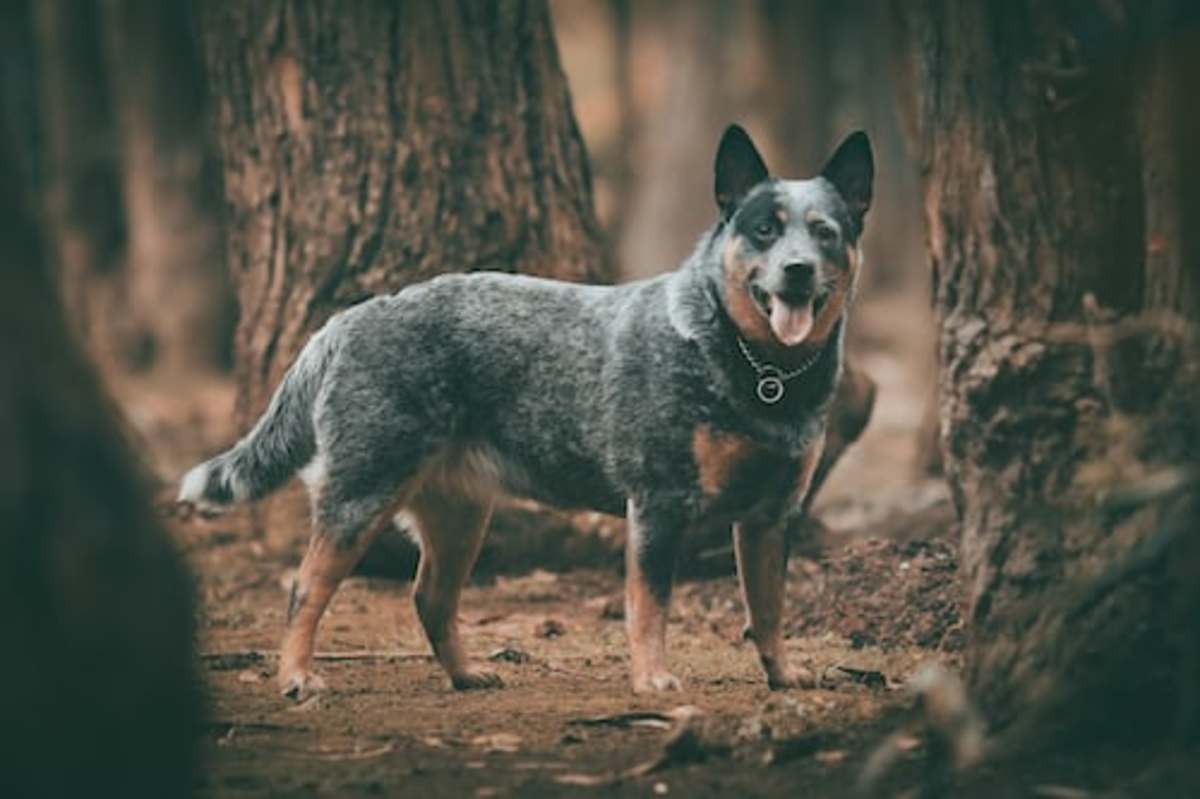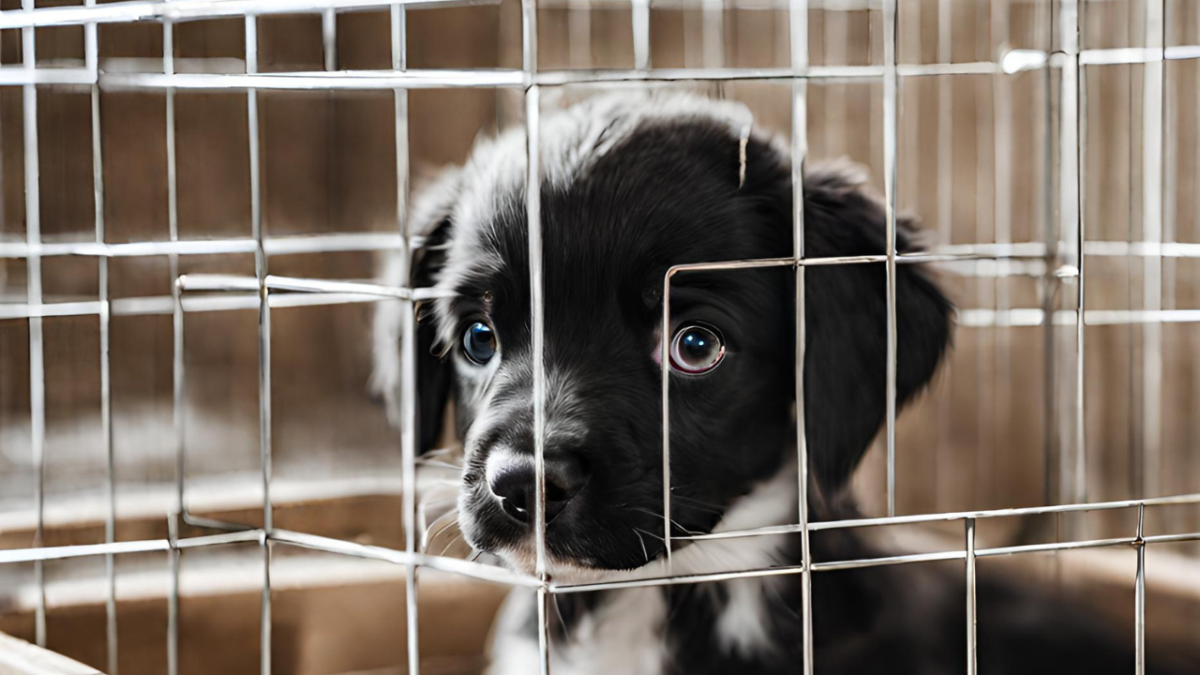Housetraining Basics: Keeping Your Puppy on a Schedule
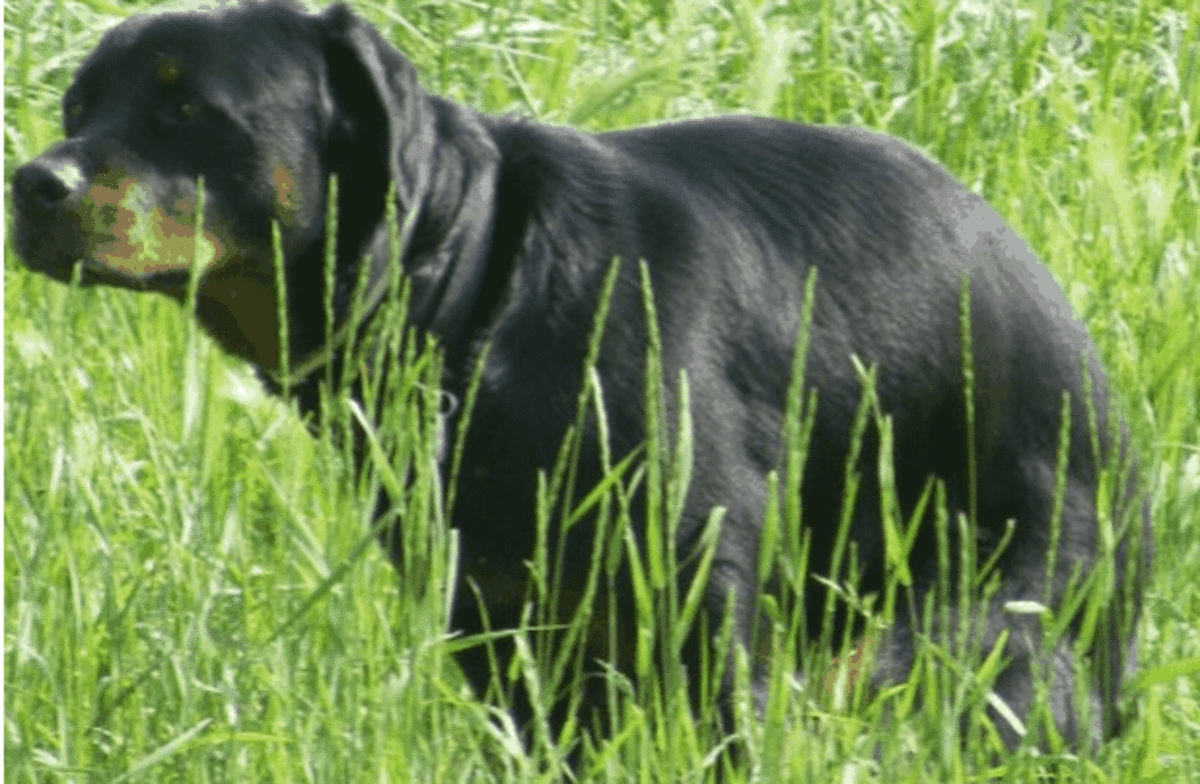
Why is a Schedule Important for Your Puppy?
Often, one of the most overlooked solutions for expediting the potty training process of your puppy or dog, is the importance of using a feeding and elimination schedule. What is a house breaking schedule and how can it benefit your dog? There are many benefits, so make sure you don't bypass these tips!
First of all, consider that puppies and dogs thrive on routine. Routine gives dogs the reassurance of predictability. If you ever moved, changed homes, or took a different route on walks, you may have noticed how your dog reacts when something changes in his life. Dogs live through associative learning, they tend to pair one thing to another and form chains. Knowing what happens next when you take the leash in your hand, or after putting away his food bowl, helps him feel reassured. Any disruption in the daily routine may cause confusion and stress in sensitive individuals.
When it comes to potty training, a routine not only helps your dog feel reassured, but also helps him set up for success. What goes in at a certain time, must come out at a certain time. So if say you feed your puppy or dog at the same time each day, you should expect him to also feel the urge to go potty at the same time each day. Predictability means you will be less likely to clean up messes in the house.
What's the Best House Breaking Schedule?
The schedule you create will vary depending on your puppy's age and your personal time. If you have a puppy under the age of 12 weeks, consider that he has not attained bowel and bladder control so accidents are sure to happen no matter your effort.
While, dog trainers used to rely on the month plus 1 rule, this formula is not effective as thought. This formula relies on calculating how old the puppy is in months and then adding 1. So if for instance, the puppy was two months old, you would add 1 which equals 3. Three hours would, therefore, be how often you would take your puppy outside.
Why is this formula faulted? Well, first of all, a puppy's bladder and bowel does not know how to count time! If it was that easy puppies would be potty trained in no time! Second, there are way too many variables to rely on, such as how much the puppy drank or ate, its activity level, etc.. For example, this method would not apply to night time, when most puppies are inactive and better capable of holding their bowel and bladder movements. This method would also not apply to after puppies eat. After eating, food tends to put pressure on the bladder, so young puppies cannot definitively wait more than an hour or two!
Third, it is not accurate. If say you have a puppy of 2 months, that means he would to be taken out every 3 hours, most puppies need to be taken out more than that! If you own a young puppy between the ages of 7 and 12 weeks, consider that you may need to take him out every half hour or even more frequently when awake and active, according to Certified Applied Animal Behaviorists Patricia McConnell and Karen B. London in their booklet ''Way to Go!'
So if the month plus 1 rule does not work, what schedule will work? What is the best house breaking schedule? The best one is the one you custom create for your puppy based on his needs. Let's take a look at some solutions...
MANAGEMENT OPTIONS
Scheduling Your Puppy's House Training Schedule
A good place to start is by starting a feeding schedule. No more free foraging at any time of the day, from now on, you decide when to give food and take it away. This is the first step in setting up a schedule and the rest will flow. To start this, ask your breeder about the perfect feeding schedule for your puppy or rely on the feeding instructions on the back of the food bag based on your puppy's age.
*Note: keep in mind that very small puppies, especially those belonging to toy breeds or teacup varieties can easily develop hypoglycemia (low glucose levels in the blood) if they are not fed on a timely matter. These small fellow may require more frequent meals compared to other dogs; consult with your vet for the ideal feeding schedule.
To help in the process of developing a schedule, it helps to keep track of pee and potty times by using a chart. This way you can keep track of your puppy's feeding and elimination times, while your family members can see what is going on and help out in the process. You can use a board where family members can put their initials if they fed or took the dog out to potty, so everybody is on the same page.
So once, you spread out throughout the day reliable feeding times, you can then start adding elimination times. When should these be scheduled? Consider that most puppies need to go potty in the following scenarios.
- Right after waking up first thing in the morning
- Right after eating and drinking
- Right after playing
- As often as needed when the puppy is active
- As often as needed during the night (yes, this translates into multiple trips in the night/early morning to take the puppy out).
Let's see an example of a puppy's schedule
6:00 am potty time. Did puppy pee? Did puppy poop?
8:00 feeding time
8:10 potty time. Did puppy pee? Did puppy poop?
10:00-12:00 nap time
12:00 feeding time
12:10: potty time. Did puppy pee? Did puppy poop?
2:00 potty time. Did puppy pee? Did puppy poop?
4:00-6:00 nap time
6:00: feeding time
6:15: potty time. Did puppy pee? Did puppy poop?
8:00 potty time. Did puppy pee? Did puppy poop?
10:00 potty time. Did puppy pee? Did puppy poop?
10:00-2:00 nap time
2:00: potty time. Did puppy pee? Did puppy poop?
2:00: 6:00 nap time
6:00 potty time. Did puppy pee? Did puppy poop? New day starts.
Several considerations need to be kept in mind with this schedule. For instance, if you send puppy to potty say at 2: 00 and the puppy does not go and keeps it until the next potty time, you know you can start stretching out a bit those hours. If your puppy instead has an accident, record it so you can perhaps adjust the time he needs to be taken out. No chart is fixed; rather, it should be shifted as often as needed until you find the optimal one that causes less accidents; and of course, this will change too as your dog attains better control!
As a bonus, you can rest assured your puppy goes potty by training him to go to the bathroom on command. You can read more how to accomplish this be reading my article on: How to Train your Dog to Go Potty on Command
The biggest mistakes:
- Not watching if the dog really goes potty or not. Then, when the puppy comes back from outside,the puppy pees right as he comes inside.
- Having unrealistic expectations with small puppies.
- Failing to clean previous soiled areas with the right products.
- Leaving the poor puppy in a crate, for more than he can keep it, when he does not have yet control causing him to lay in his mess. Crates should be used later once the puppy is at least 12 weeks old. If your puppy is young, invest in a puppy apartment or set up a play pen with distinct areas for sleeping, eating, playing and eliminating.
- Providing access to food and water just an hour prior to bed time.
Alexadry © All Rights Reserved, do not Copy
For further reading
- Dog Behavior: How to Tell if as Dog is Marking or Ur...
Is my dog marking or urinating? Why is my dog urinating in my home? Learn to recognize potential differences between physiological urination and marking with a purpose. - Dog Behavior: How to Deal with Submissive Urination
Are you dealing with puppy submissive urination? If so, you will need to implement some changes in the way you interact and train your puppy. Learn why puppies urinate submissively and how to prevent accidents from happening. - How to Train a Dog to Go Potty on Command
Learn how to put going to the potty on cue so your dog can go potty when needed. No more waiting in the cold and trying to speed up the process! - The Pros and Cons of Using a Puppy Apartment for Pot...
A honest review of the famous puppy apartment for potty training by a dog trainer. Read the pros and cons and what my clients are complaining about. - Secret Strategies for Potty Training your Puppy
Learn effective strategies for potty training your puppy. How to potty train your puppy faster and more effectively.
